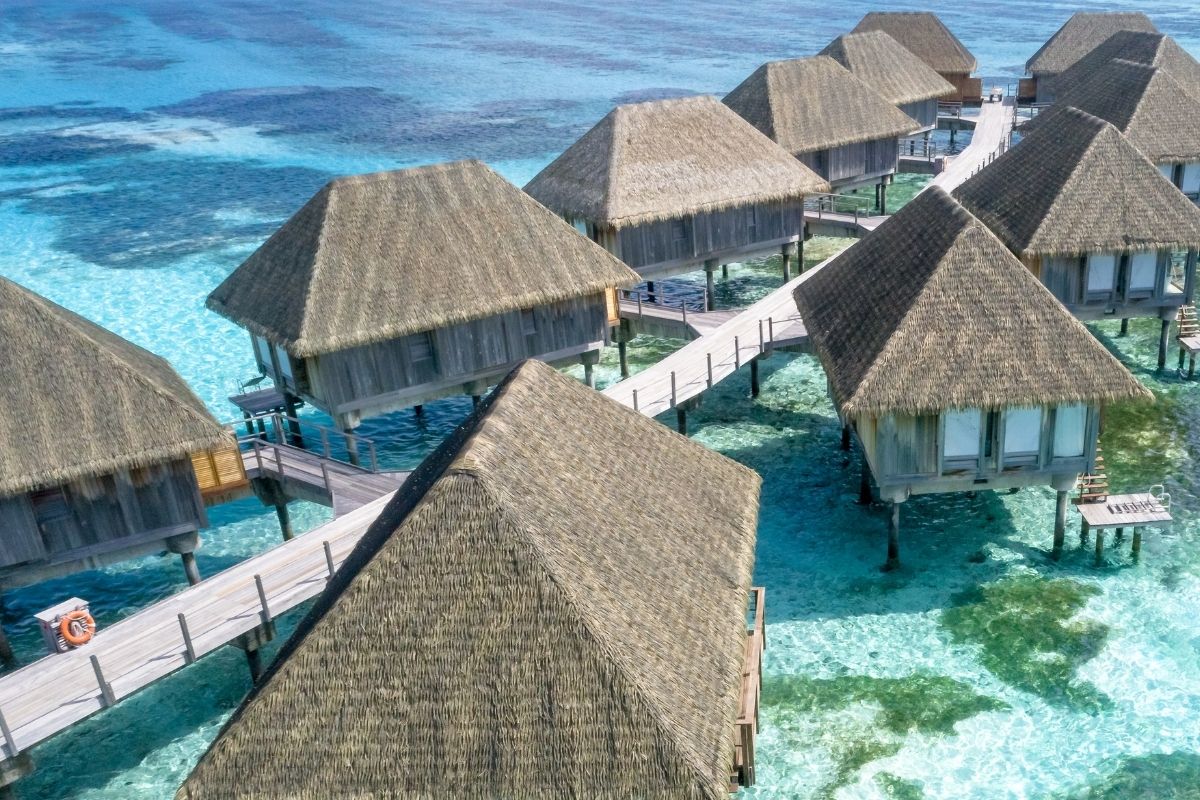The Stay: The Sharing Economy
What makes the Uber’s. Birds, Turo’s, and Air BnB’s of the world stand out in their innate ability to offer unparalleled experiences for consumers. People have discovered ways to monetize off everything: plots of land for one-of-a-kind glamping experiences, relatively unused real estate, and even personal cars that can be rented to travelers. Whatever the case, the sharing economy has become an effective avenue to give consumers an off-the-beaten-path or one-of-a-kind experience, directly from consumers for consumers. This has changed the game for the travel, tourism, and hospitality industries.
Due to the localization of the experience on sharing economy platforms–individuals now have the upper hand when it comes to offering something unique, anywhere and anytime. You can set your own parameters to be matched with the exact amenities you are looking for; a hot tub, 10 bedrooms, nearby a grocery store, ski-in ski-out access. Renters can tap into unused potentials–such as capacity–to help others, and in doing so help themselves through the extraction of money from said space or thing.
You can’t book a one-of-a-kind place in most traditional hotels–they all look the same. Hotels are built to be standardized and are relatively singular in offerings. The way traditional hotels are structured makes it incredibly challenging for them to offer a truly genuine type of lodging experience. Due to this major economic shift, hotels are forced to rethink their strategies in terms of offerings and customization. Some hotels are moving towards allowing customers to book a specific room in a given hotel, though that room will likely be very similar to another room in the same property.
With all that being said, safety and security are often overlooked when it comes to the sharing economy– something that hotels offer that the sharing economy can’t, yet. While there are rating systems that give you a sense of security on whom the buyer is and what others have experienced when interacting with that buyer’s good, home, or service, it is hard to assess overall safety when actually utilizing whatever said customer has rented. How do you know who’s sleeping in the apartment next door? How do you know the area is safe in general? These are answers you can’t really find via these sharing platforms. While the hospitality industry needs to play catch up on unique offerings, the sharing economy needs to rev up their security and safety metrics.


